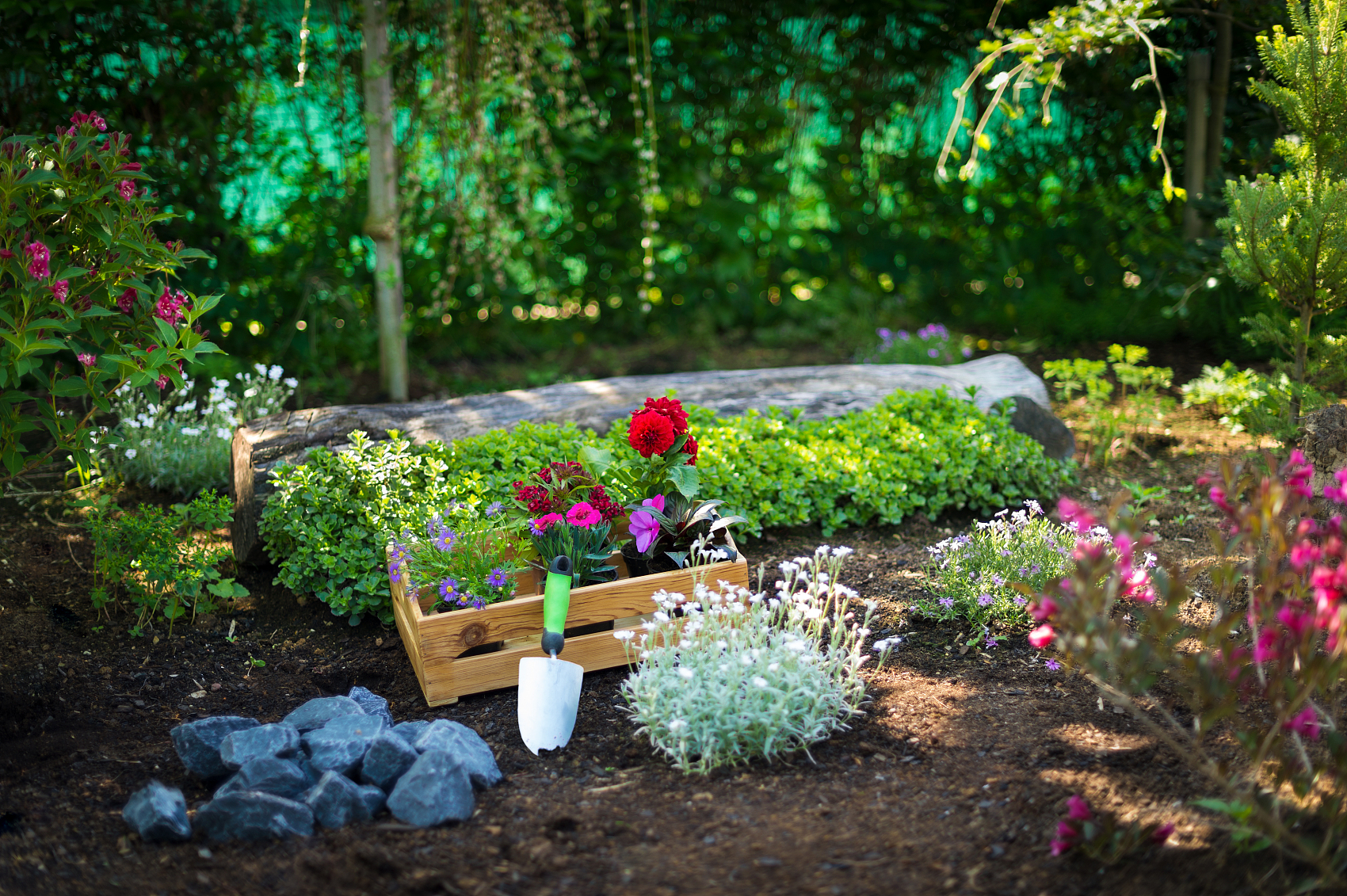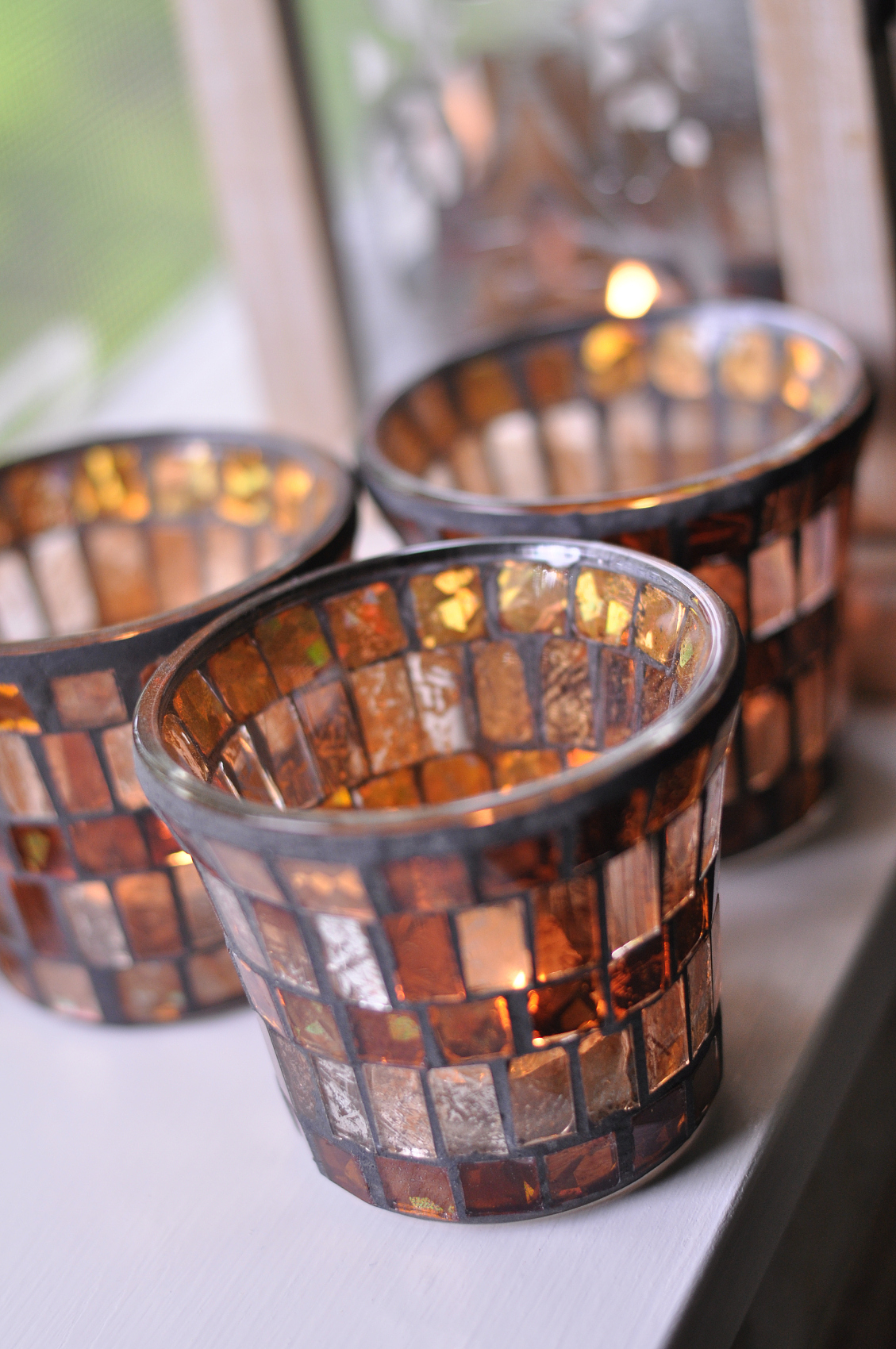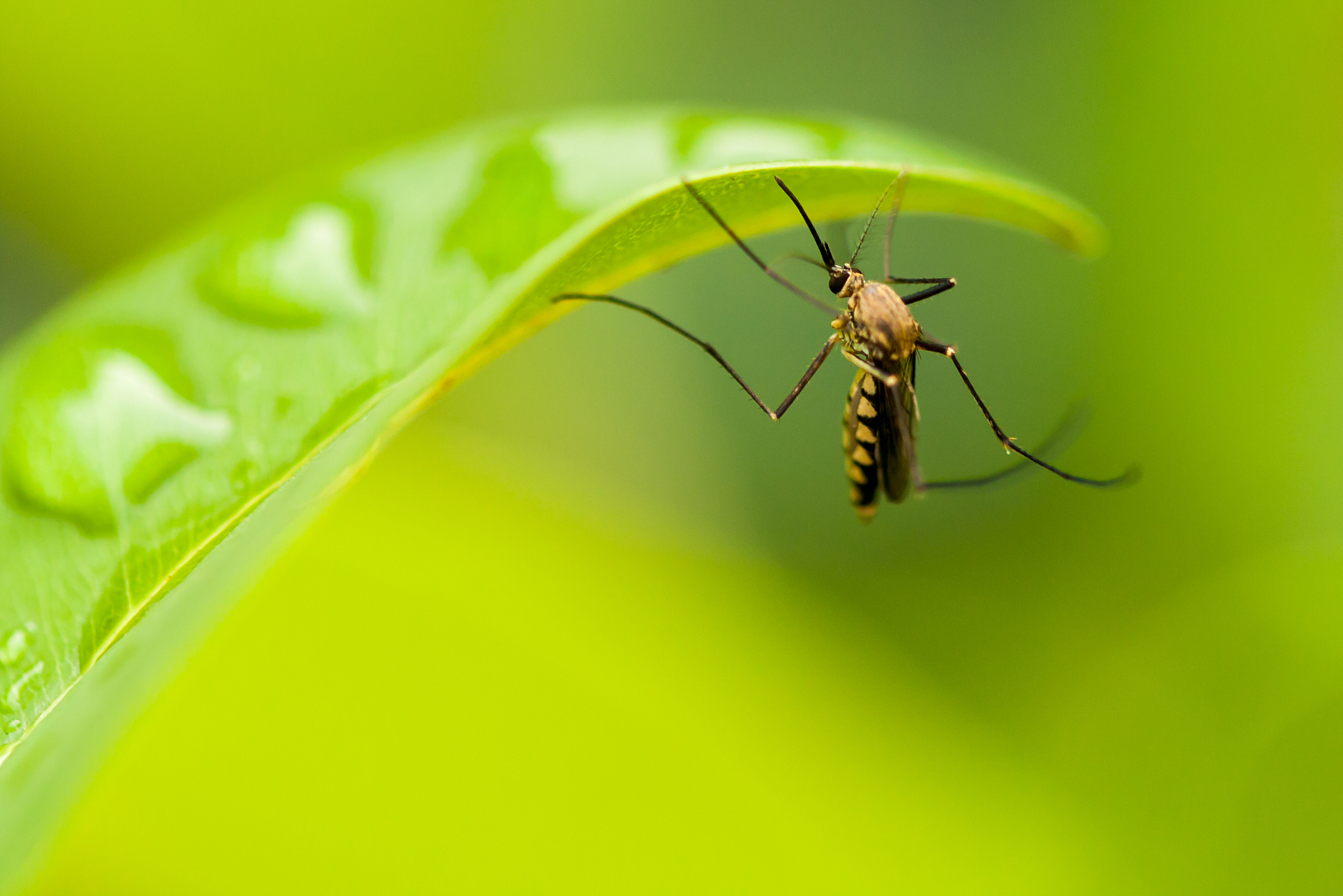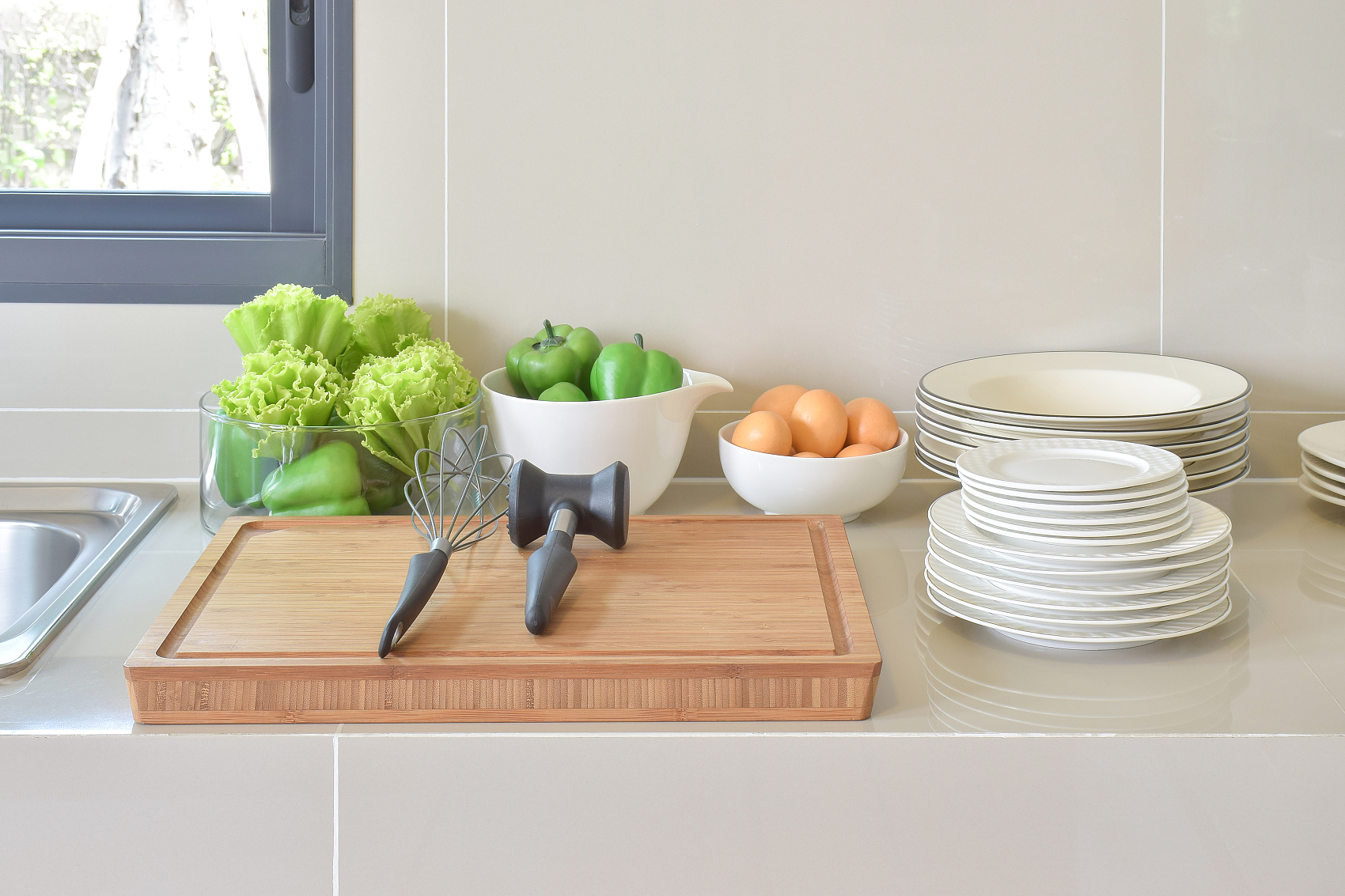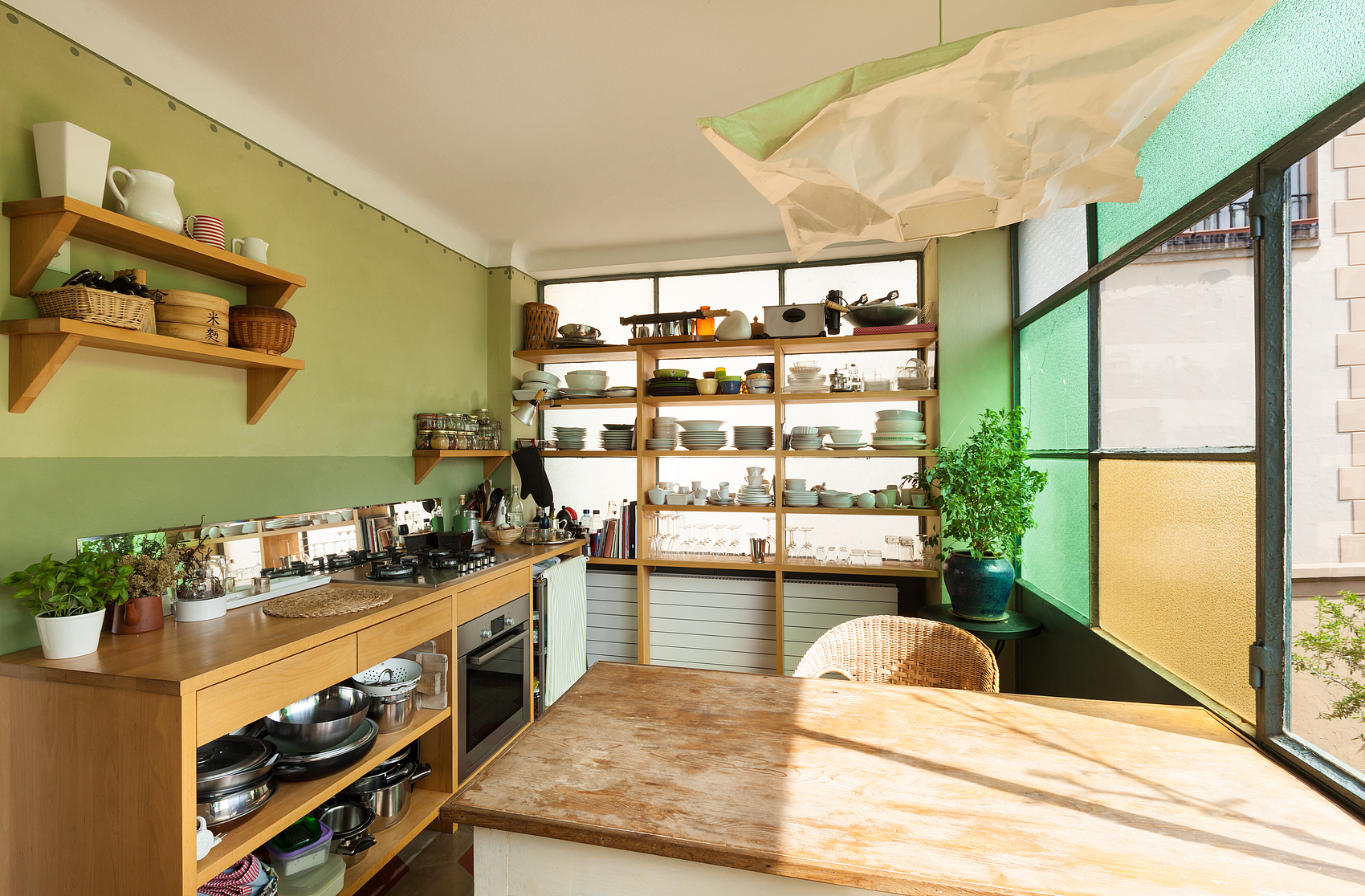If you love gardening, you know the importance of making the most of your annuals, tropical plants, veggies, and herbs before the cold sets in. Once temperatures drop to 36°F or lower, these plants will start to wither and blacken, effectively ending your garden’s vibrant display. By knowing when the first frost typically hits your area, you can protect these frost-sensitive plants by bringing them indoors and preparing your garden for winter.
Figuring Out the First Frost Date You can start by checking out the First Freeze Map, which divides the U.S. into six time periods, each represented by a different color indicating when the first frost is likely to occur. For instance, if you’re in Ohio, expect your first frost from around September 30 to October 30. To get more precise info based on your specific location, you can use an online tool by the National Gardening Association. This tool provides first frost dates by ZIP code using data from the National Centers for Environmental Information.

Understanding Plant Hardiness Zones Another great resource is the USDA Plant Hardiness Zone Map. This map shows how cold it can get in your area, helping you determine which plants can survive the winter. Just enter your ZIP code or state to find out your USDA Zone. This information is crucial for planning which plants are likely to thrive through the winter and beyond.
Dealing with Microclimates It’s also essential to consider microclimates in your own yard. These are small areas where the climate differs from the surrounding region, like the bottom of a hill where cold air settles. These spots might see frost sooner than other parts of your yard, so keep that in mind when a frost warning is issued.
Protecting Frost-Sensitive Plants
- Annuals and Tender Perennials: These plants generally can’t survive a frost. However, if it’s just a light frost, covering them overnight with a sheet or towel might help them last a little longer. Just make sure to remove the cover the next day when it warms up.
- Container Plantings: Check the plant tags for USDA Zones. Plants from warmer zones (9 to 14) like coleus or elephant ears should be moved to a sheltered spot like a garage during light frosts and brought back out when it warms up.
- Houseplants: Tropical houseplants should be brought indoors when night temperatures start to dip below 45°F to 50°F to avoid damage.
- Herbs and Vegetables: Harvest what you can before a frost hits—tomatoes, dahlias, zinnias, and even the last of your basil for pesto. It’s easier and less messy to clean up and compost these plants before they freeze and turn slimy.
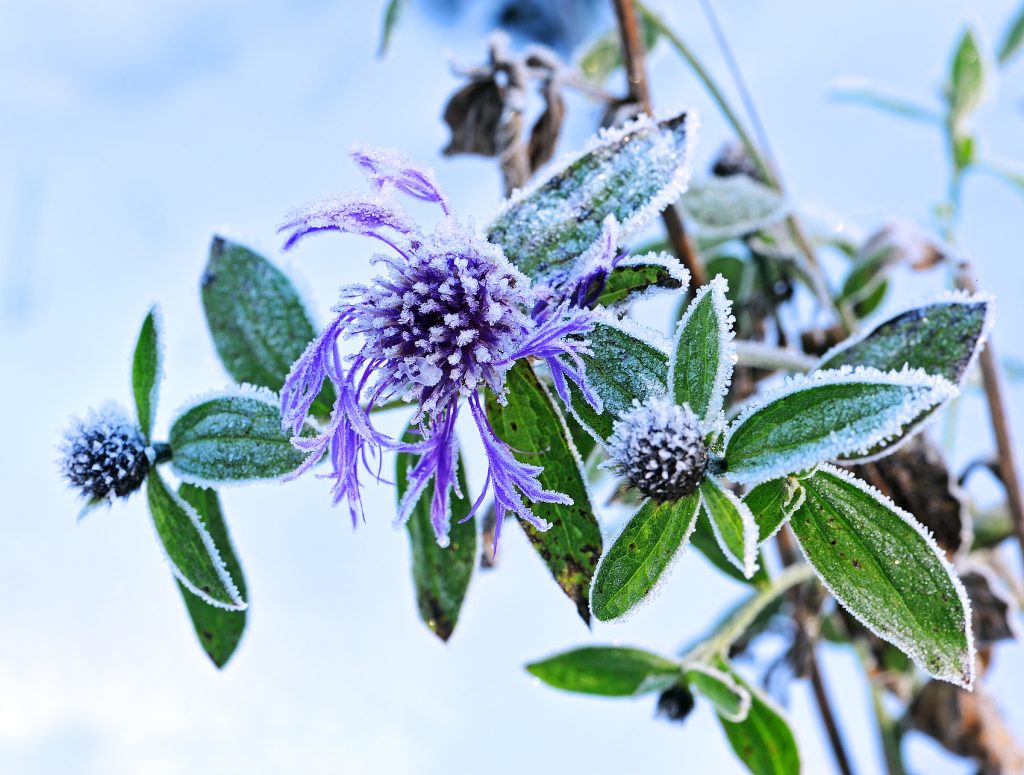
FAQs
- Reliability of Frost Date Predictions: While first frost dates are based on historical averages, weather can always throw a curveball. It’s good practice to prepare your garden a bit earlier than the predicted date.
- Types of Freezes: A light freeze (29°F to 32°F) will kill tender plants, a moderate freeze (25°F to 28°F) is more destructive, and a severe freeze (24°F and below) can wipe out most garden vegetation.
- Unexpected Early Frosts: If an early frost catches you off-guard, you can still protect your plants by covering them with a row cover or even a bedsheet to insulate them against the chill.
Keeping these tips in mind will help you extend the life of your garden and enjoy its bounty for as long as possible each year.


